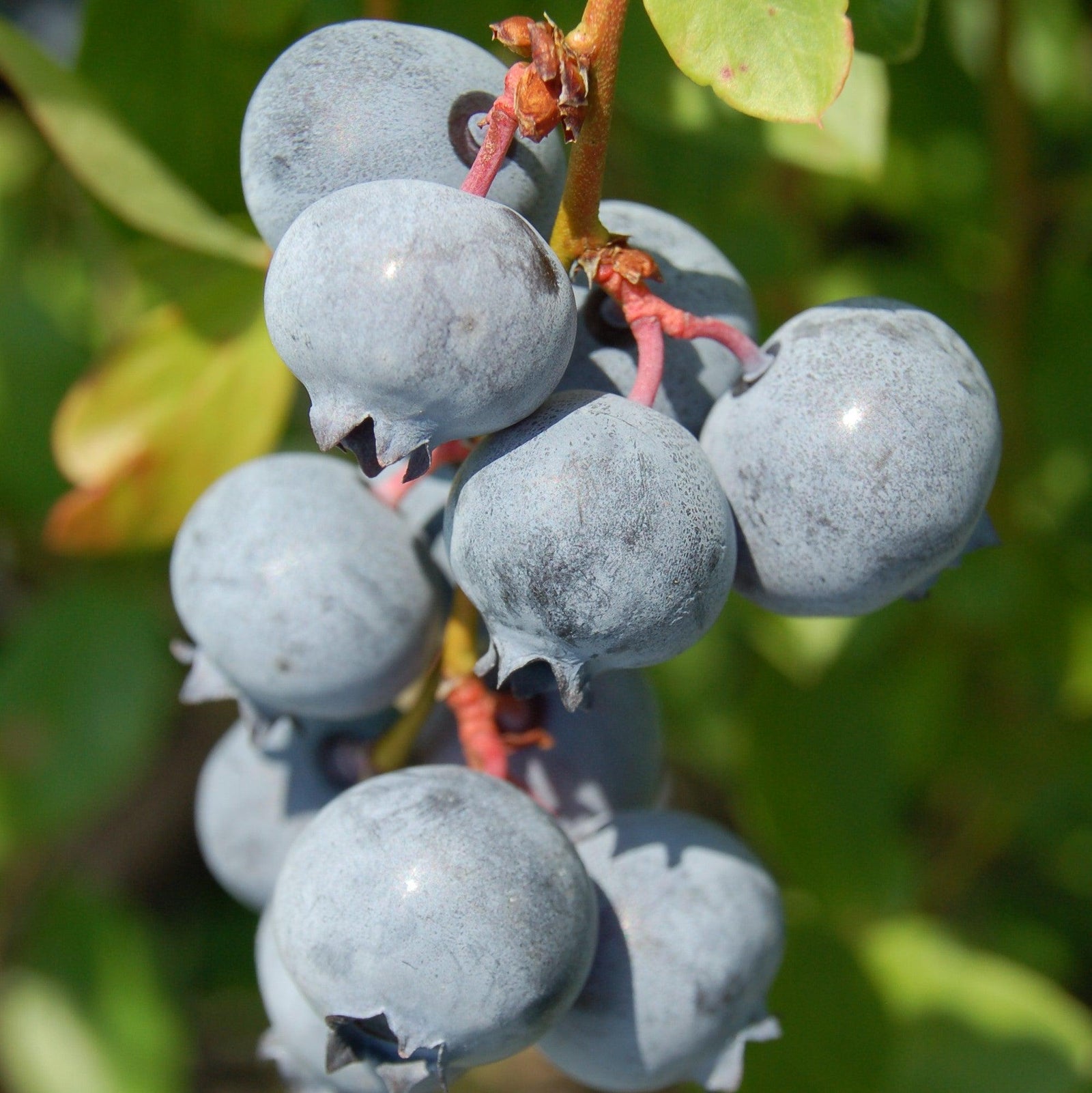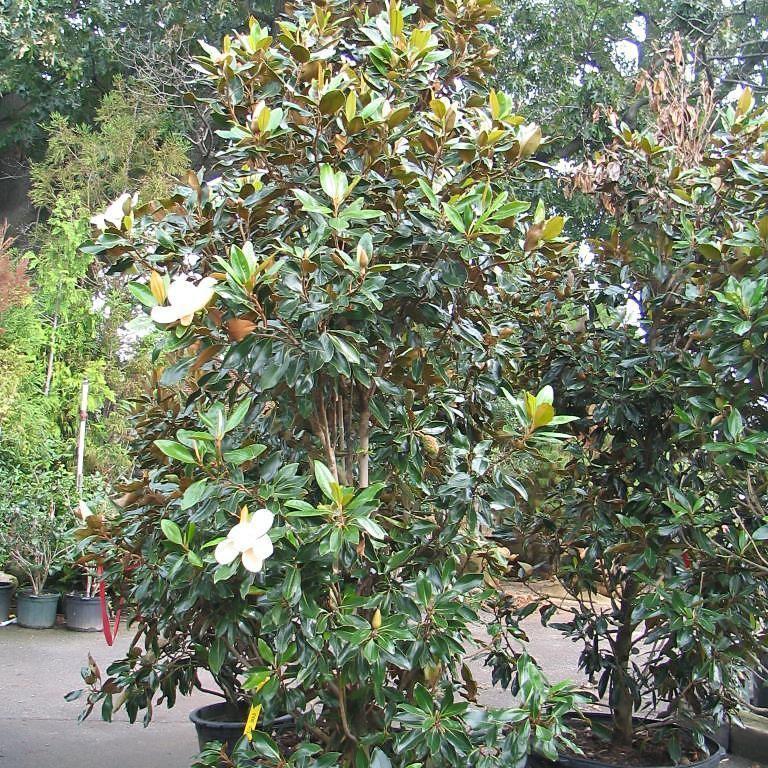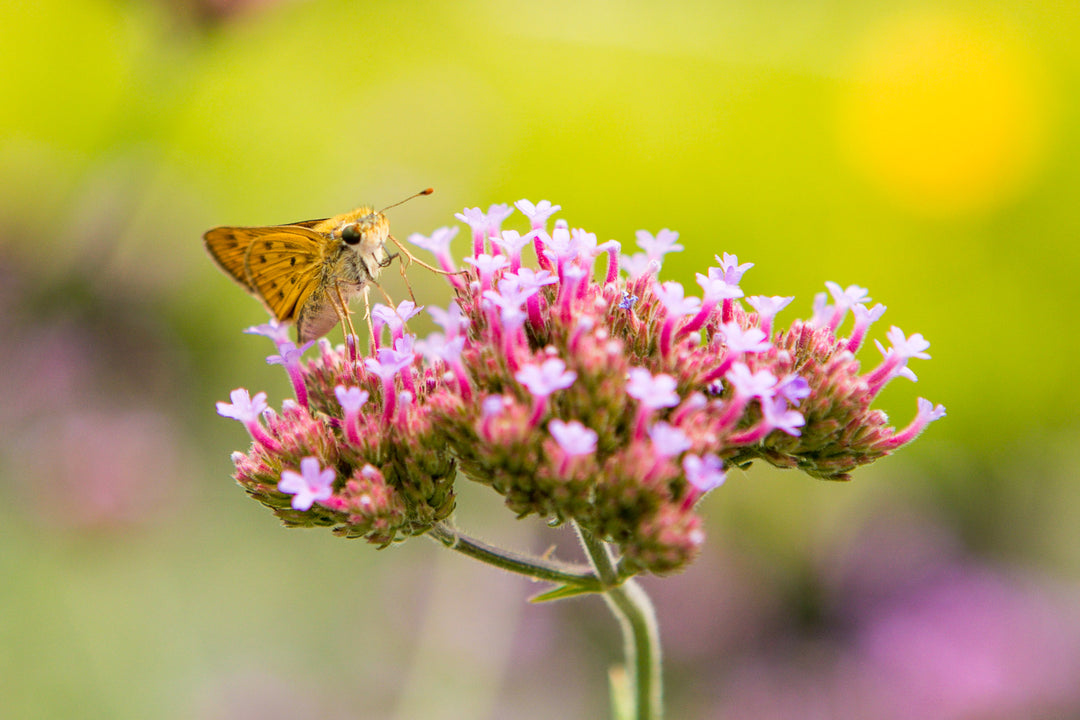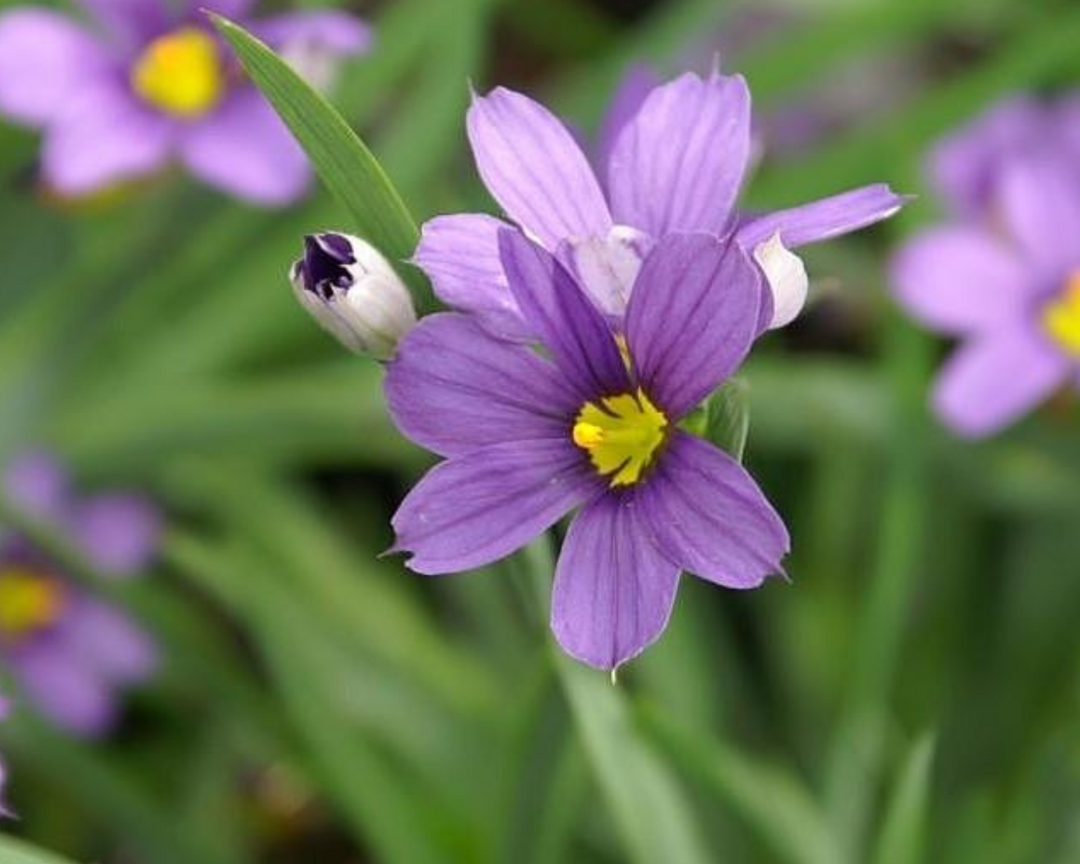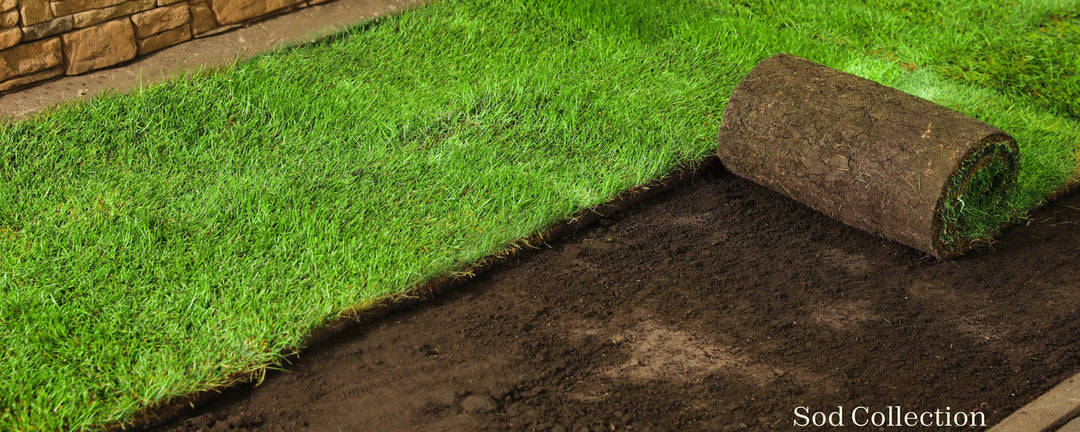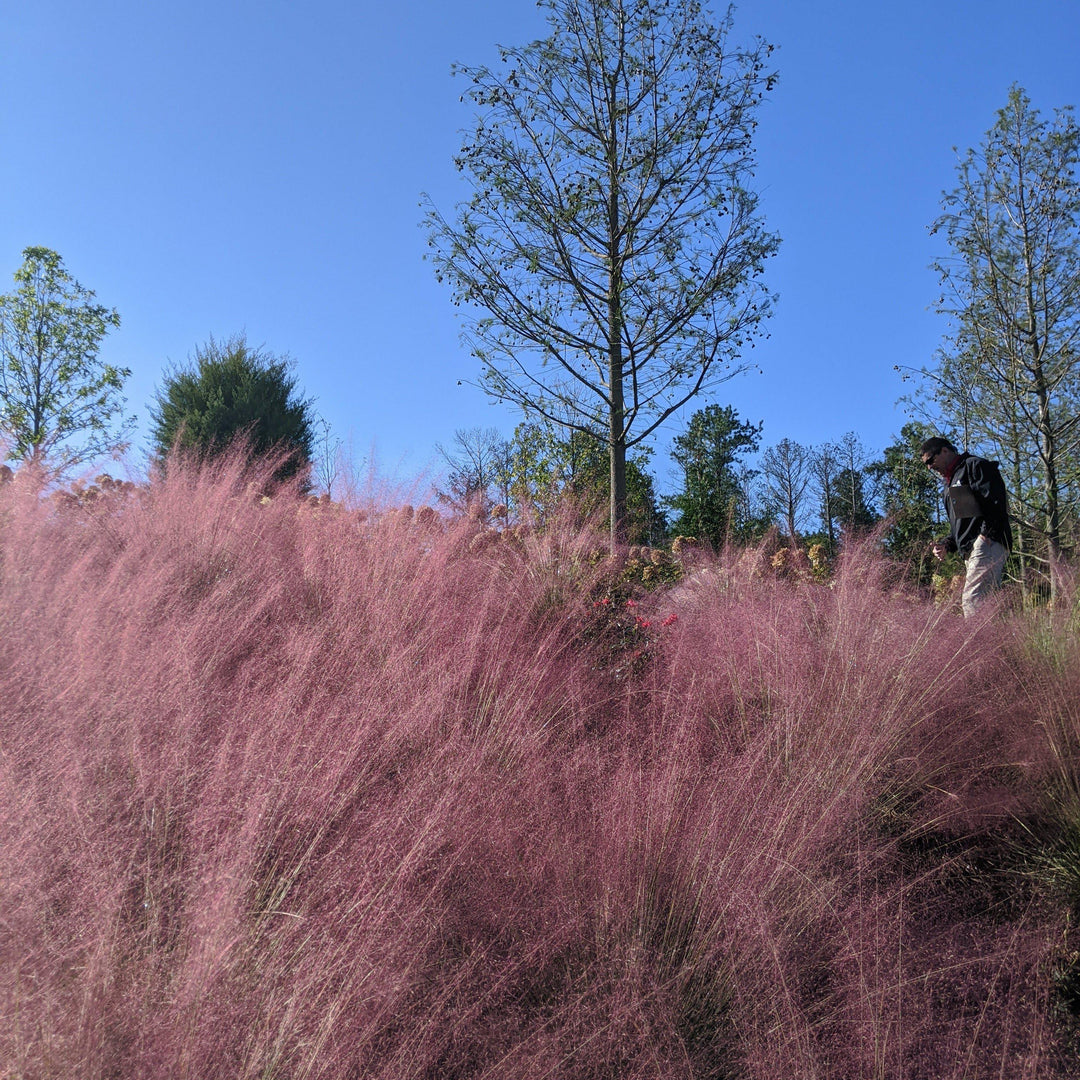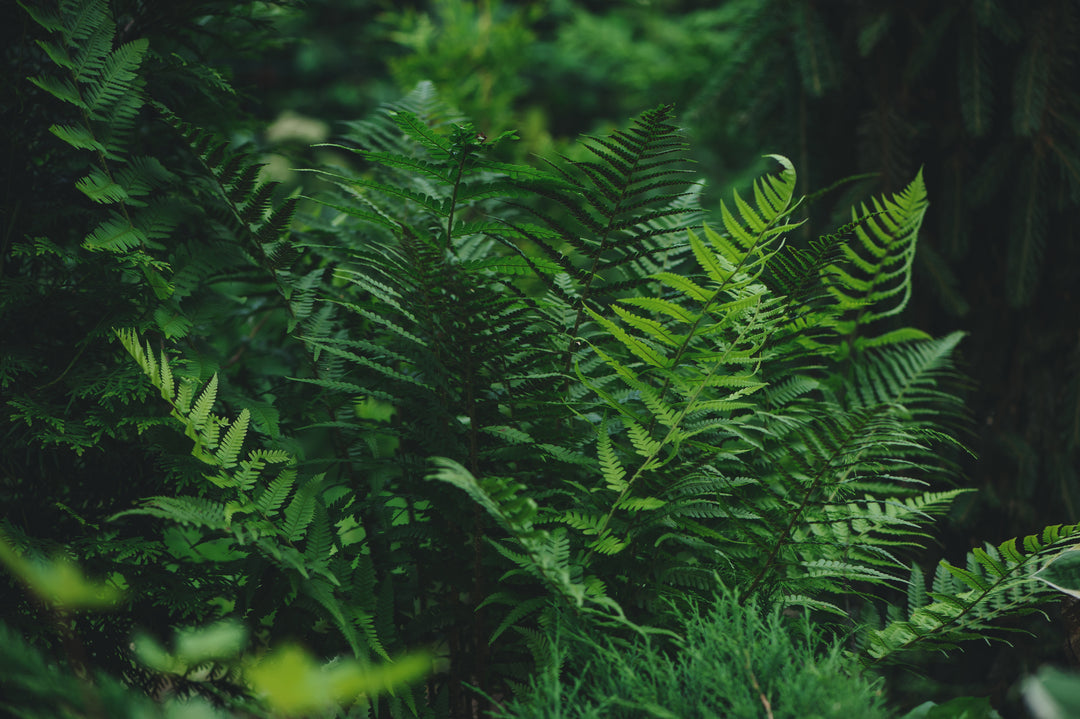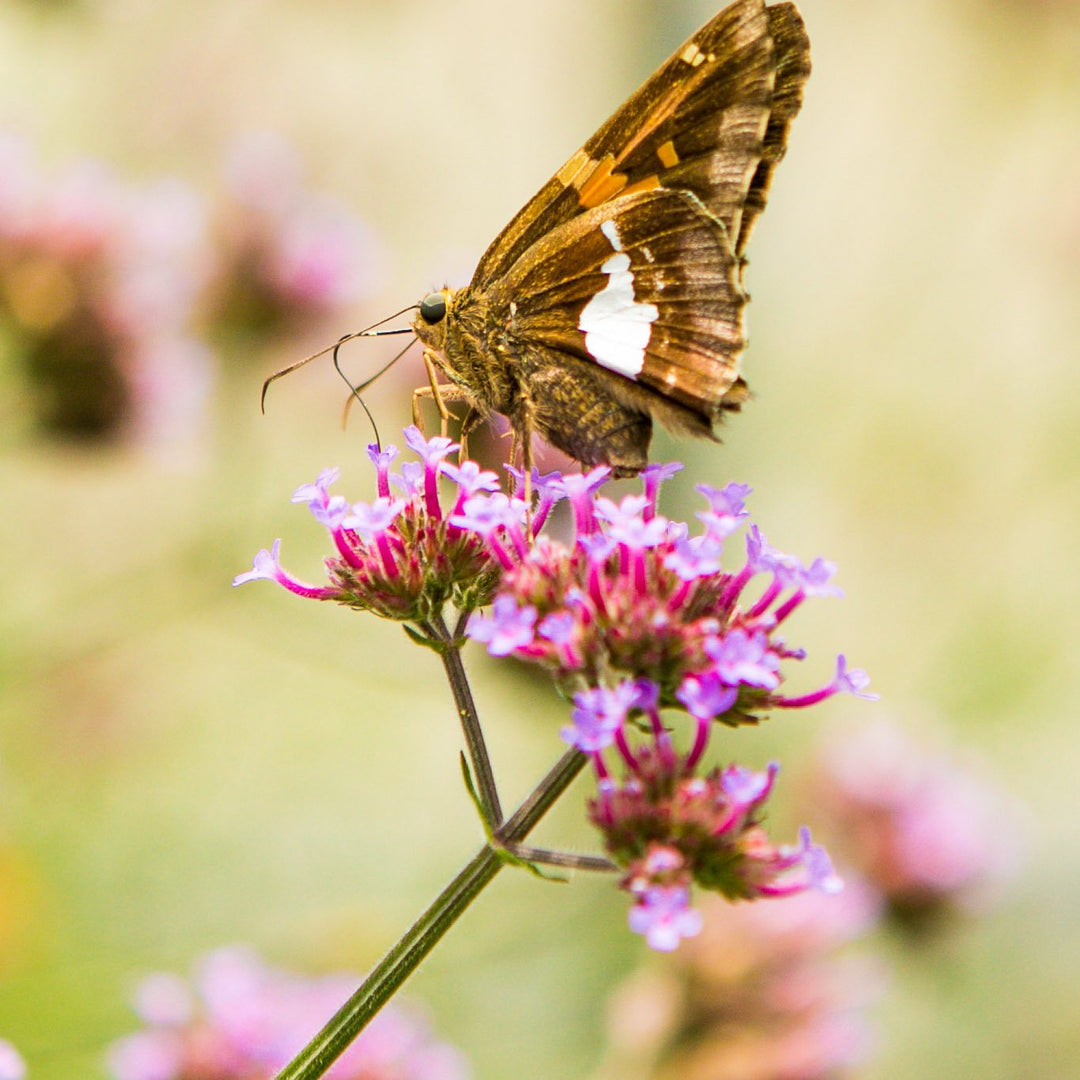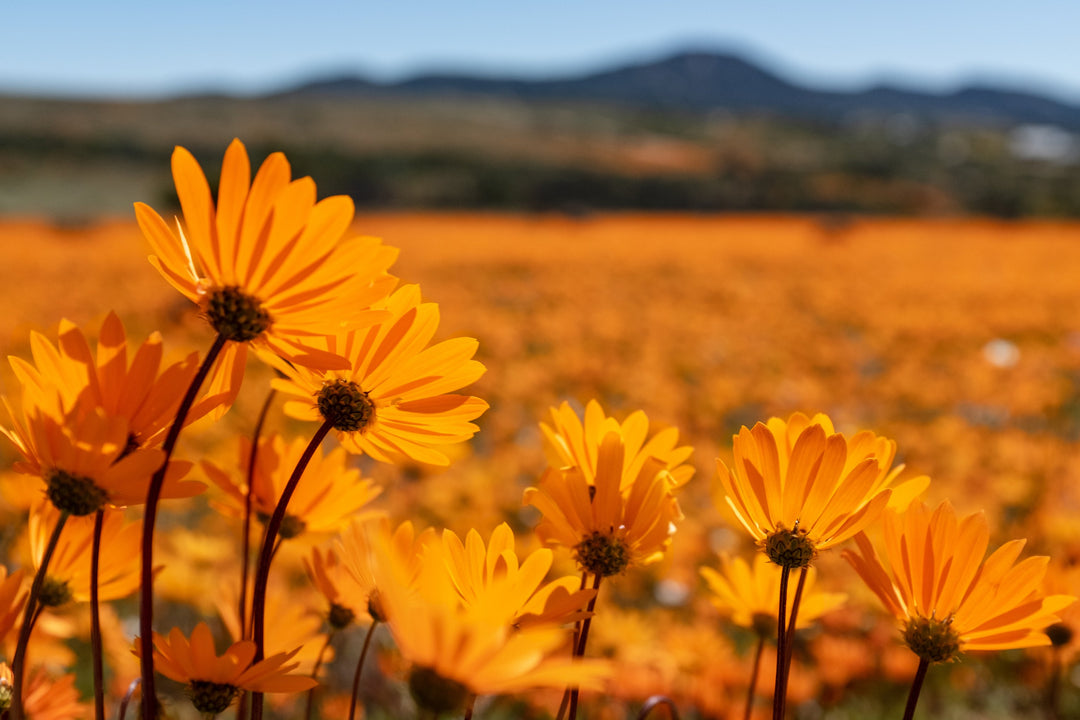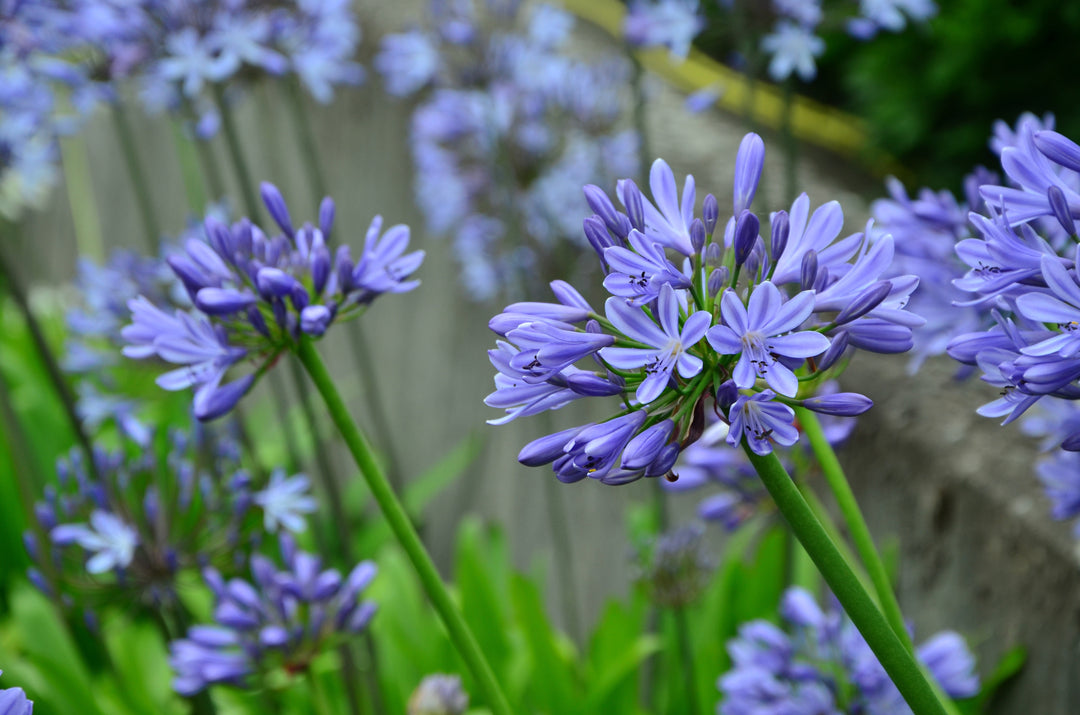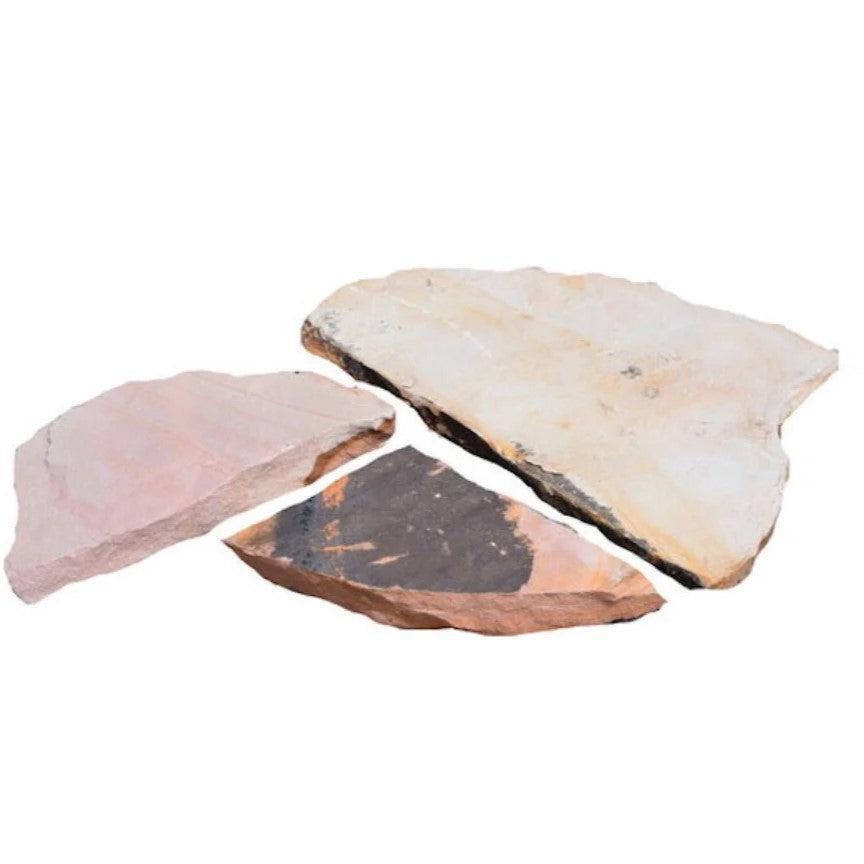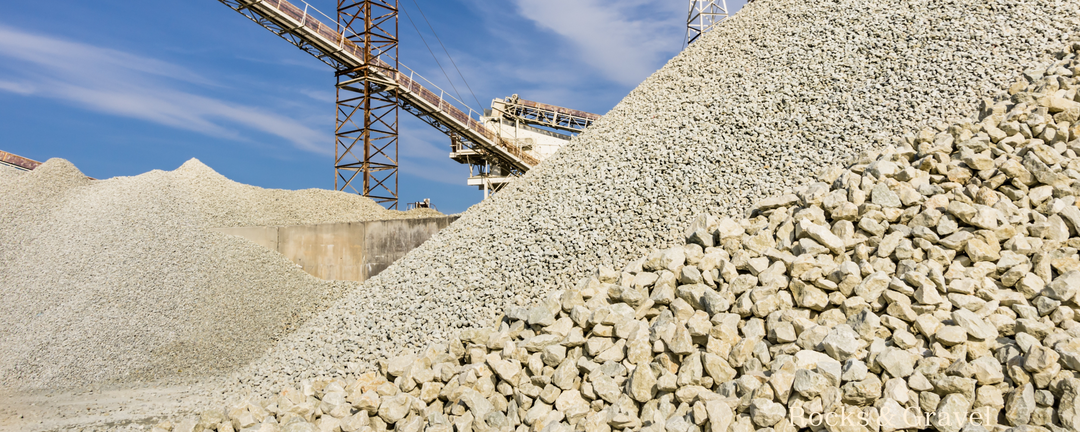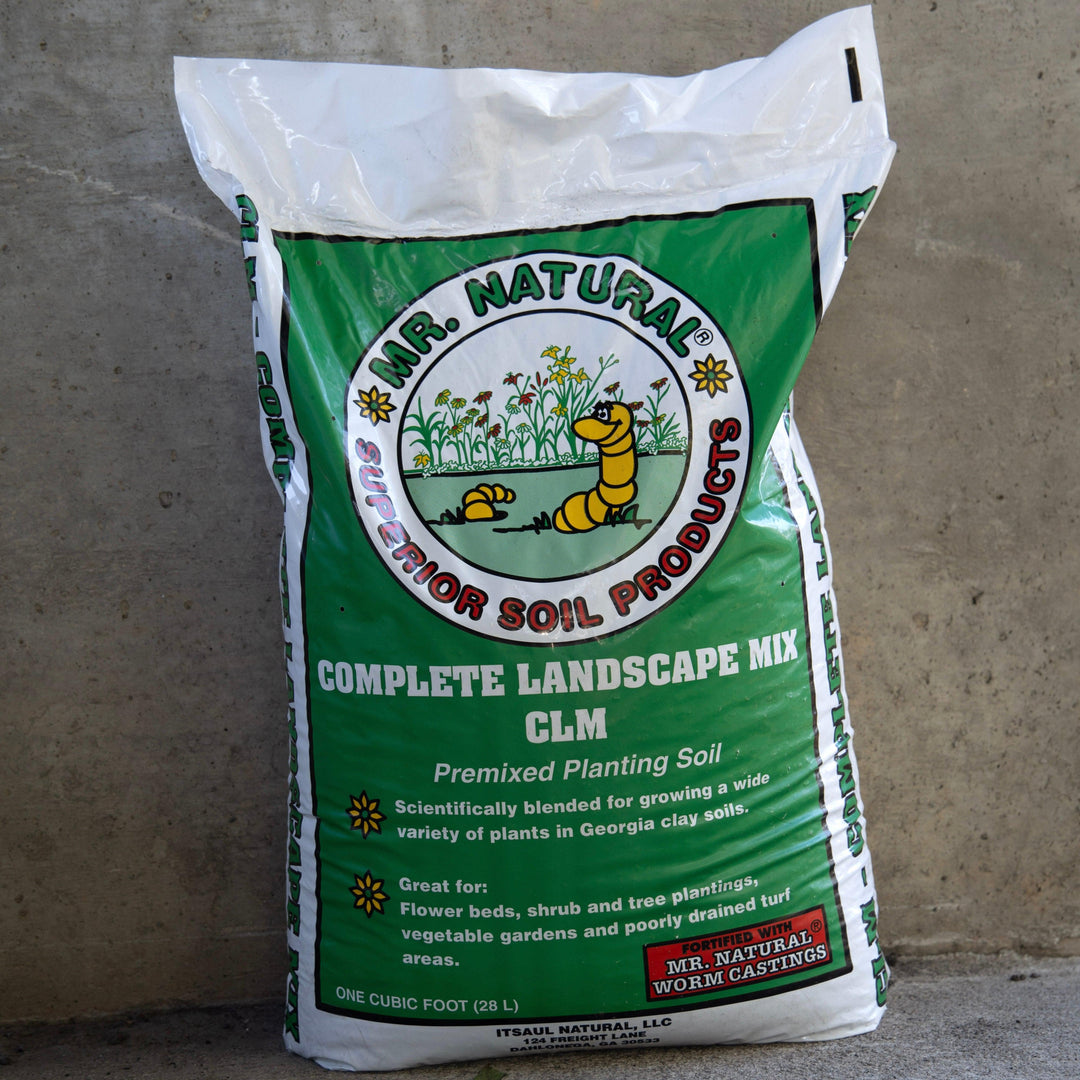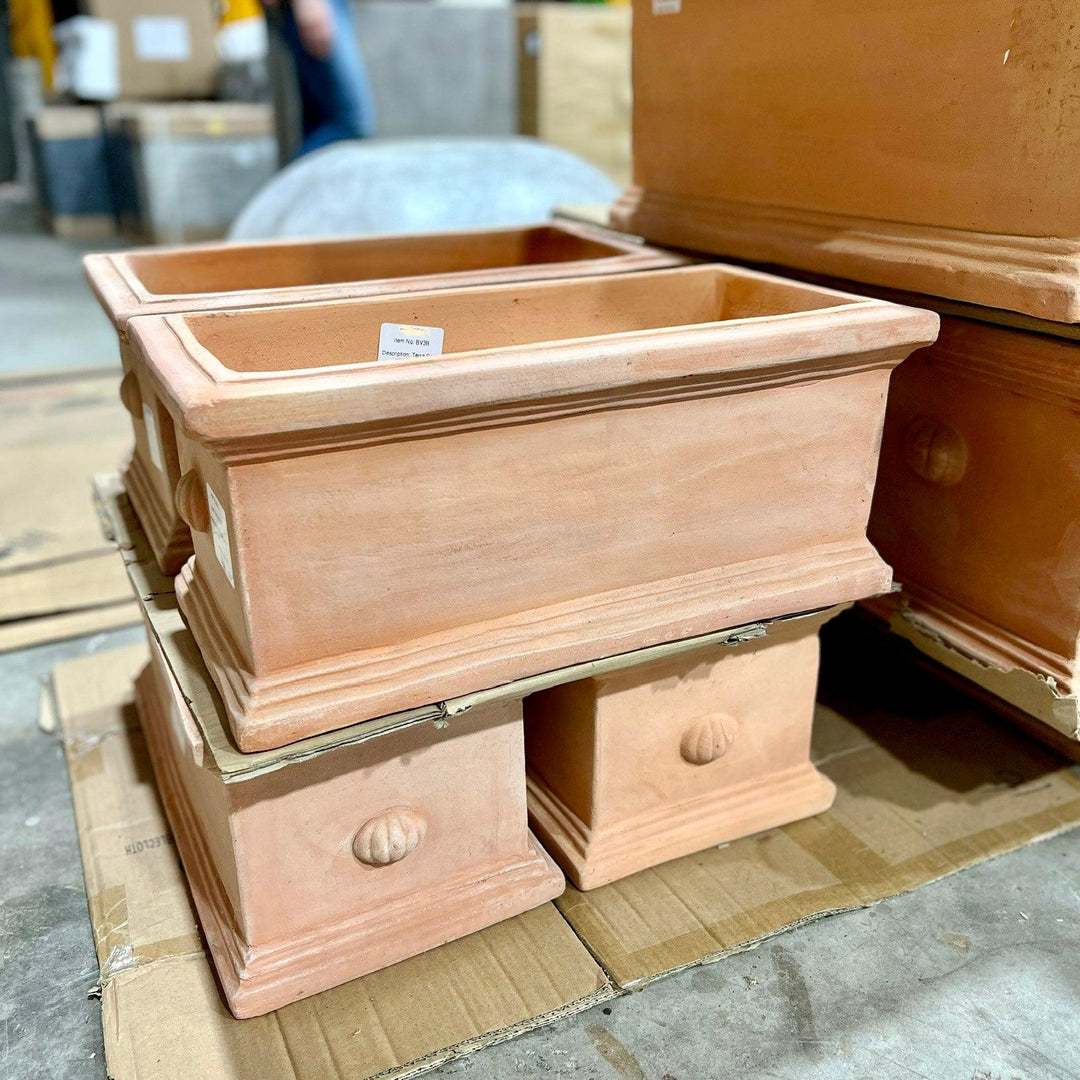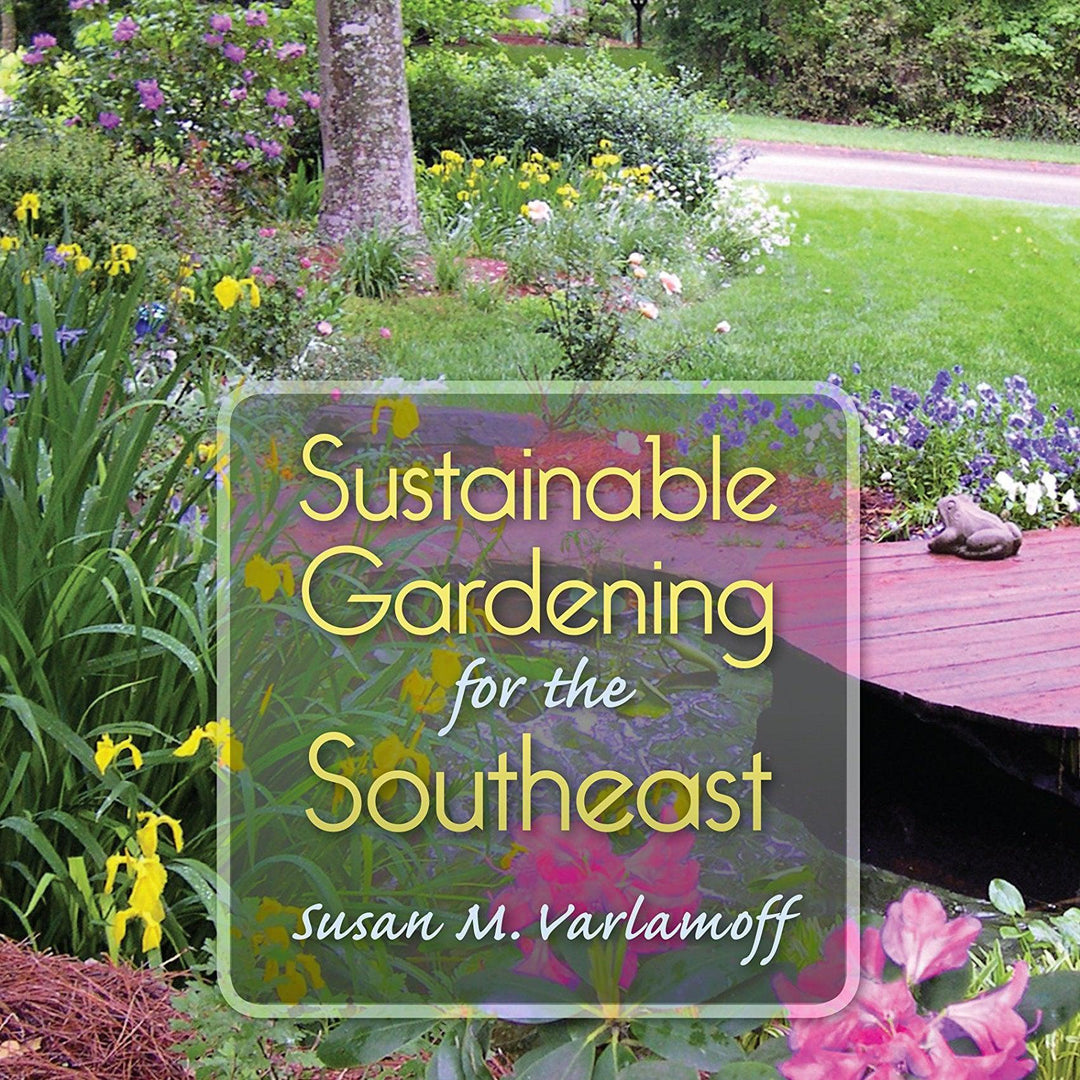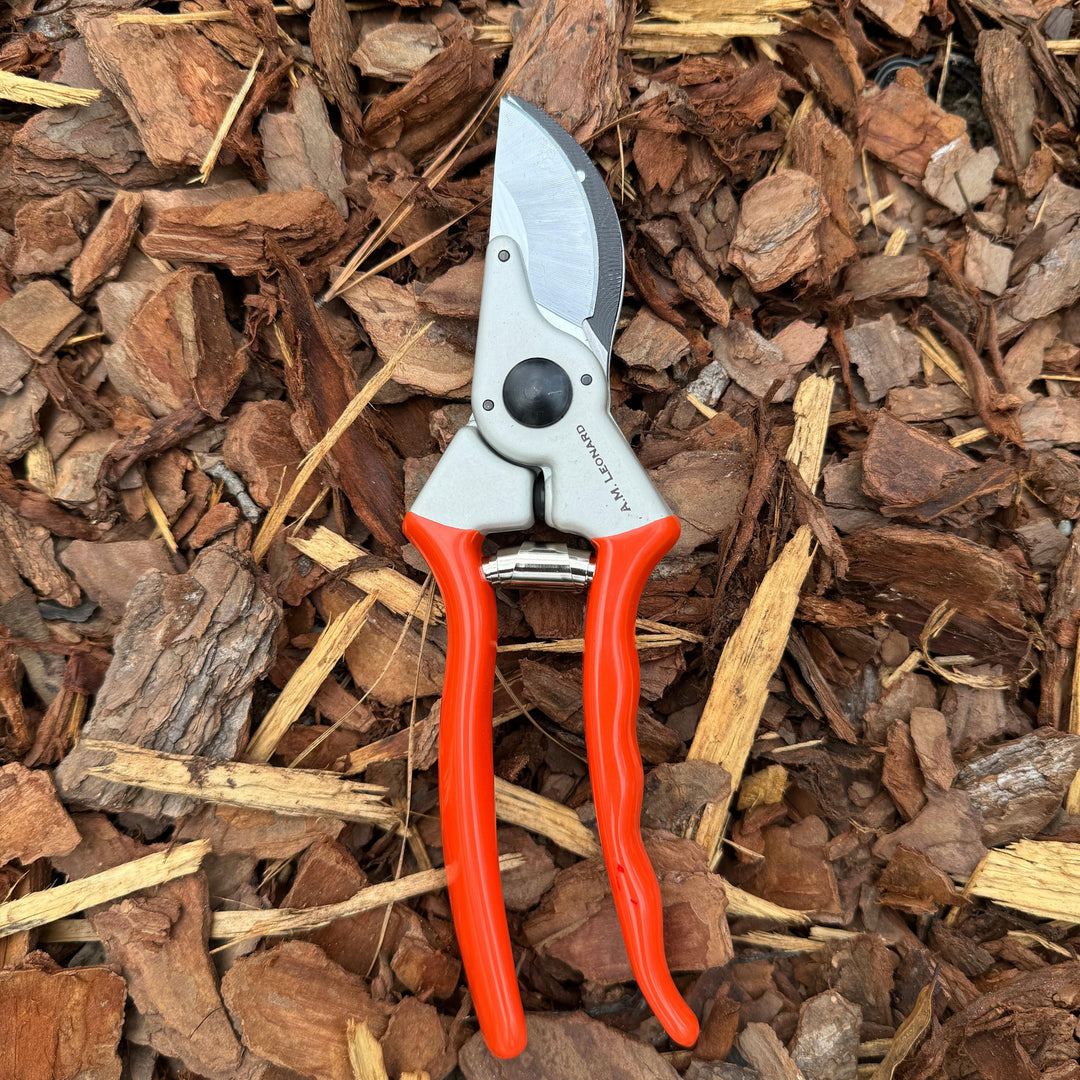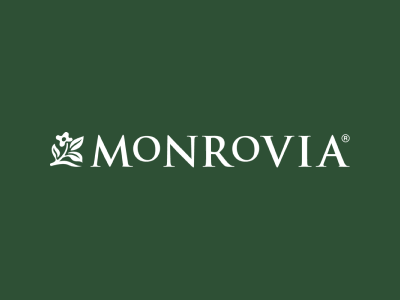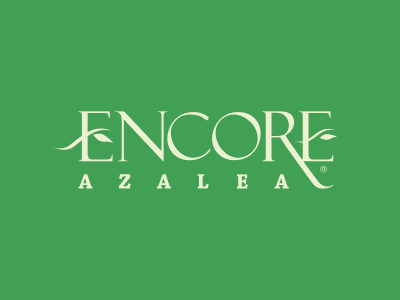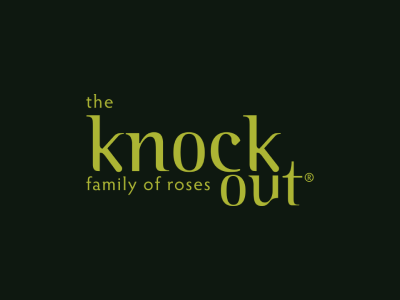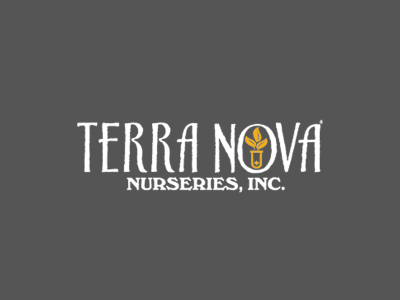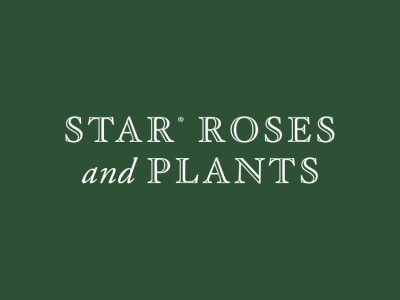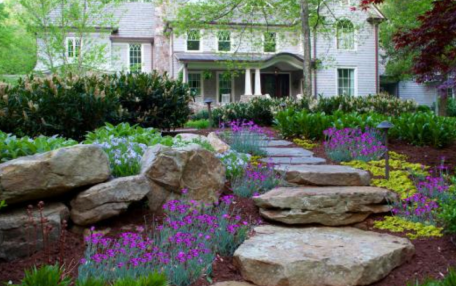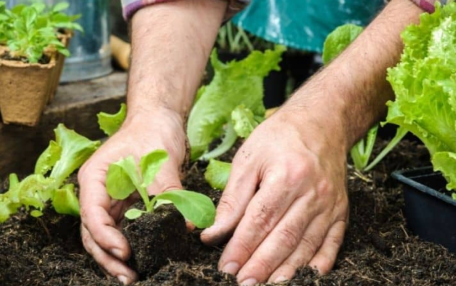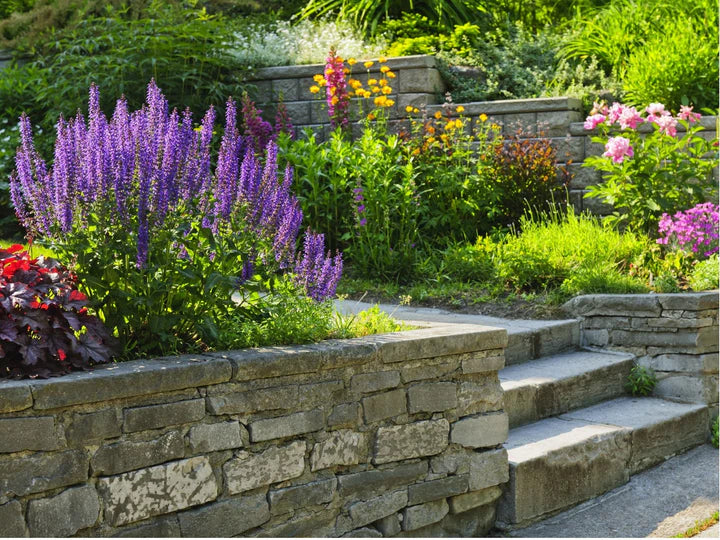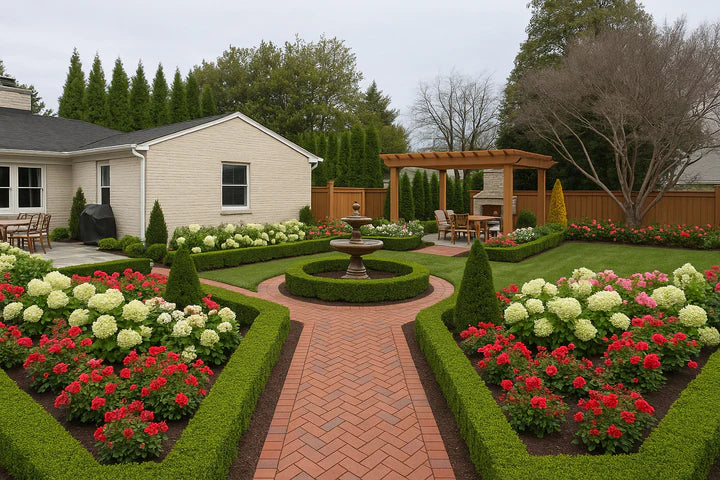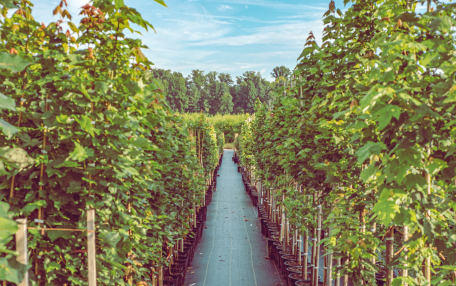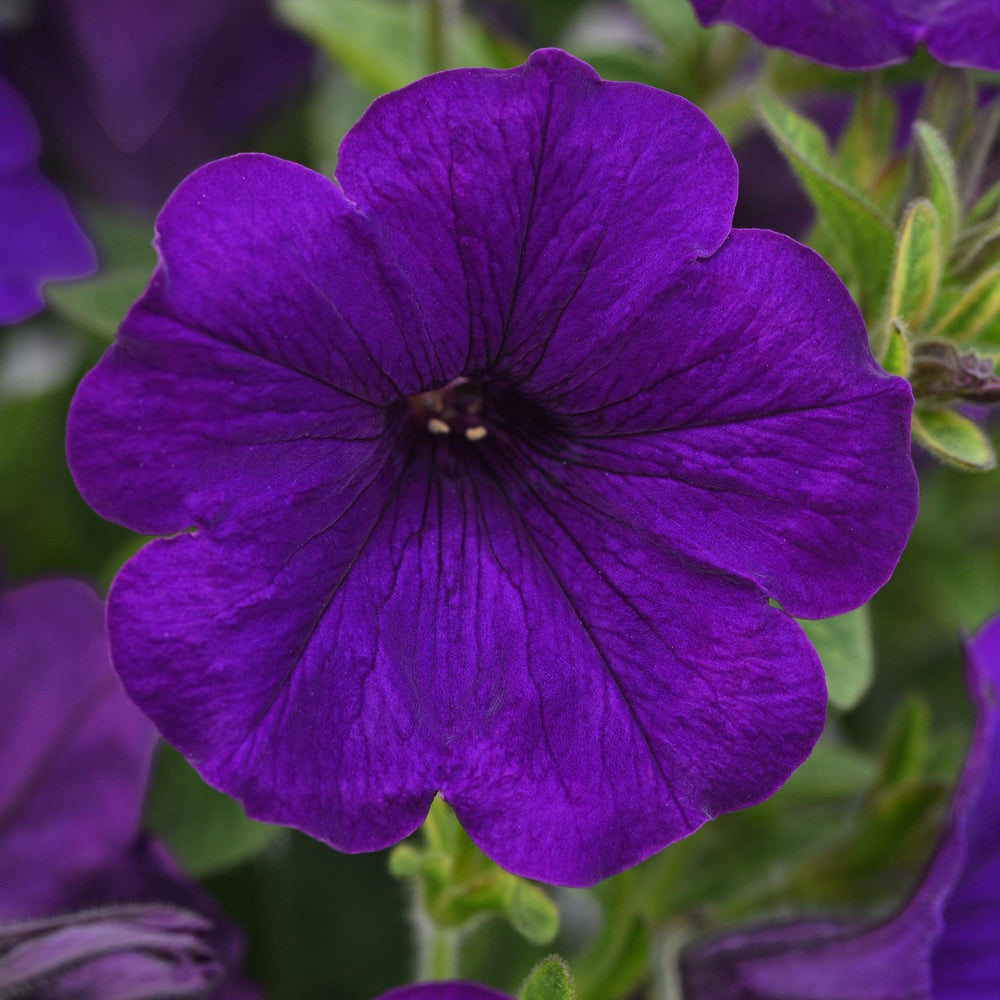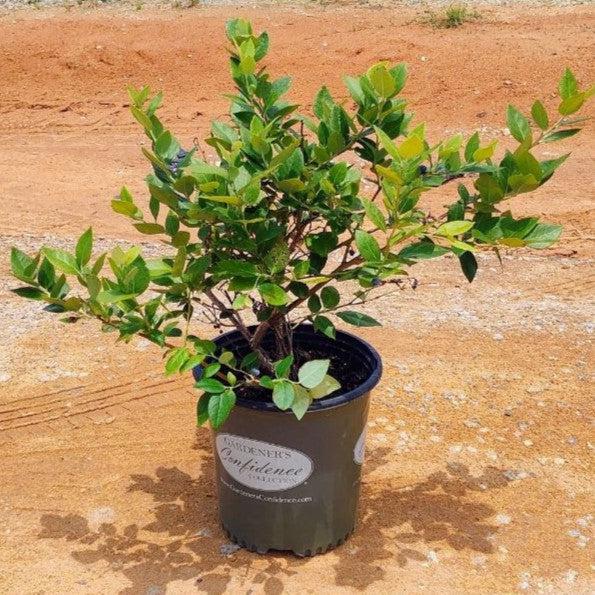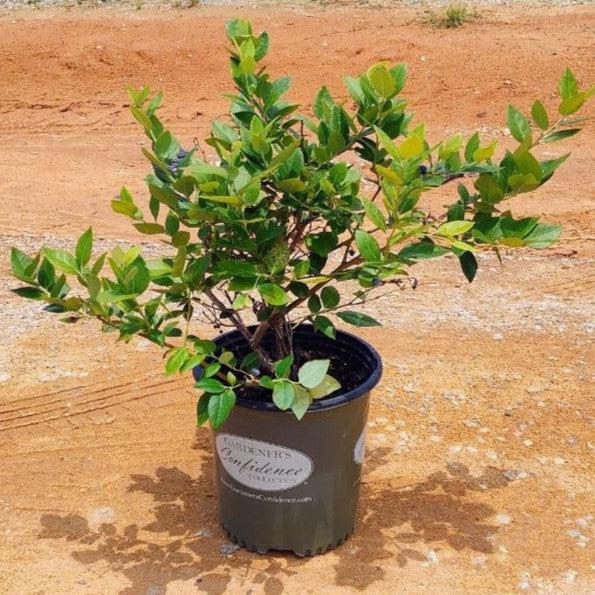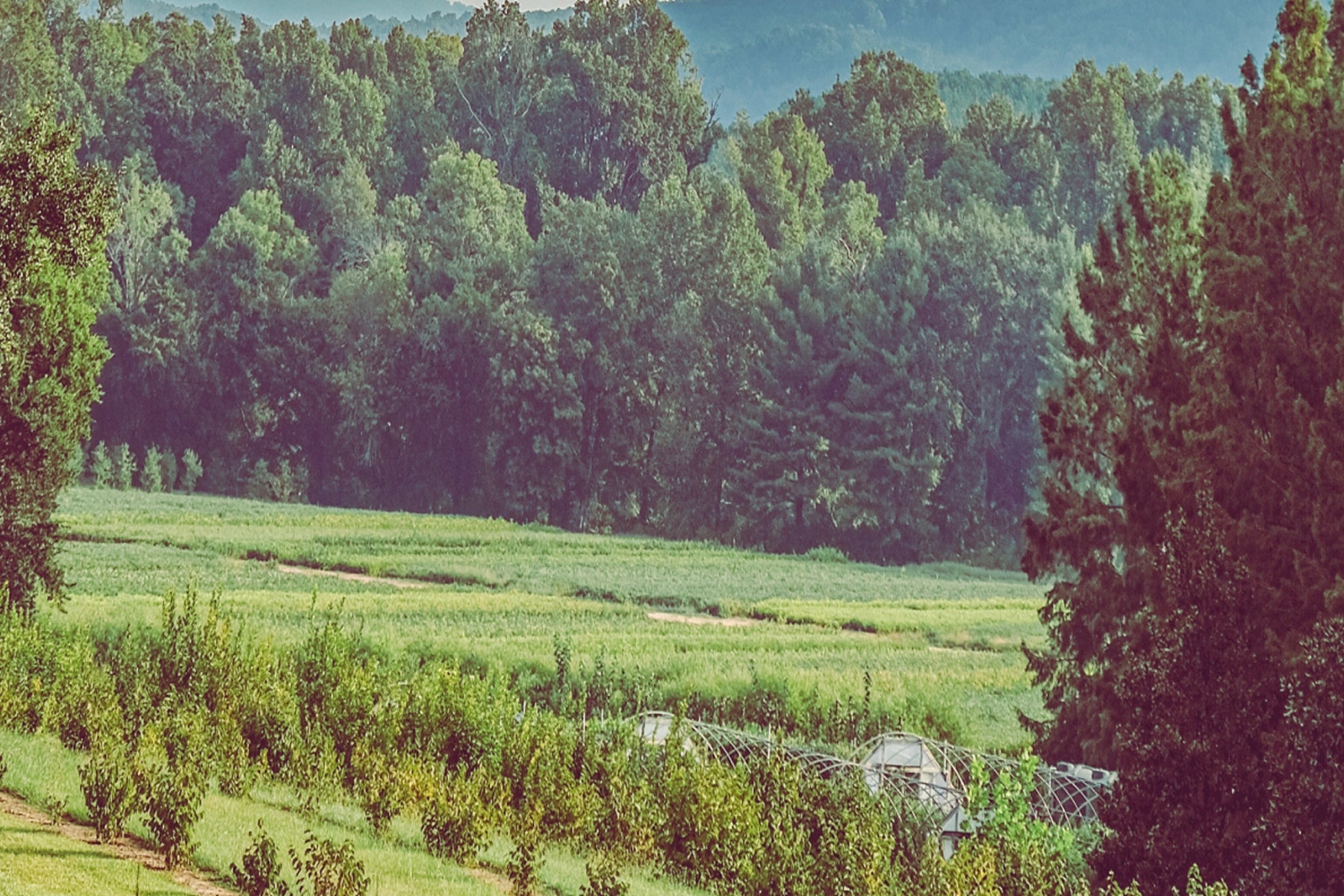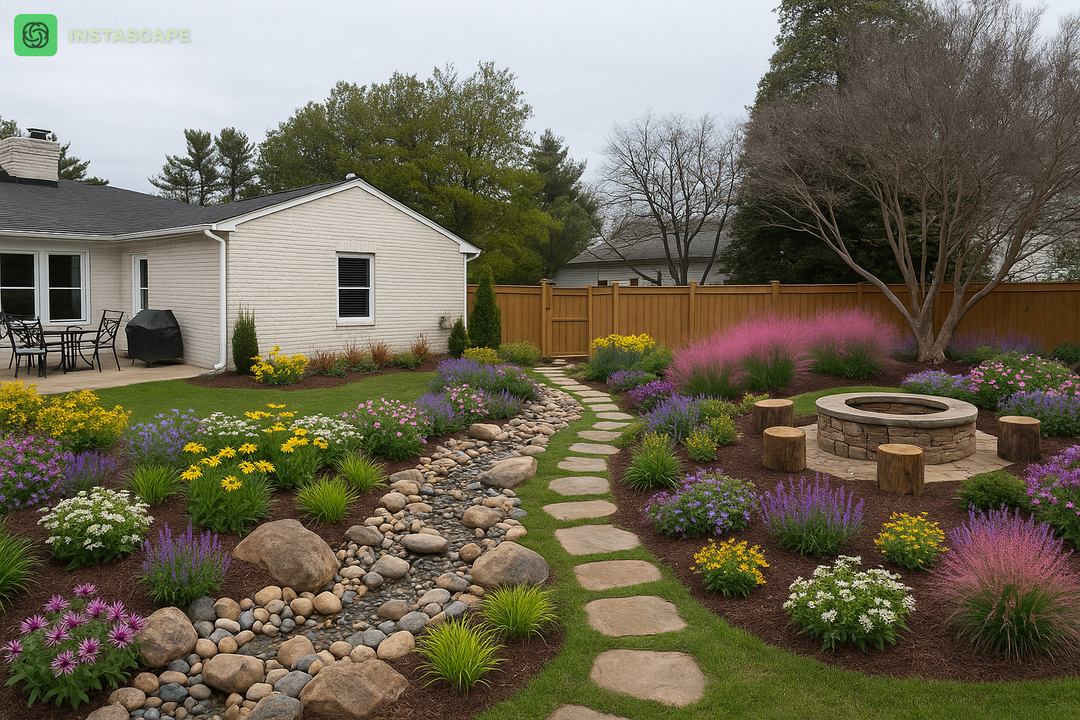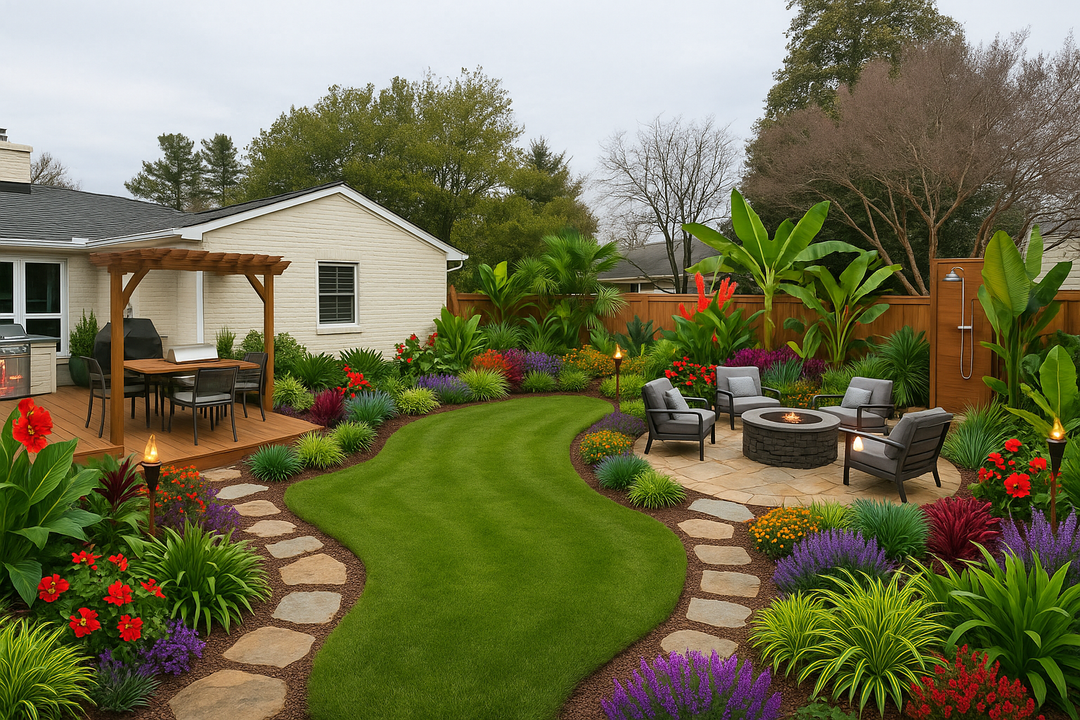Blue Suede Highbush Blueberry is an upright semi-evergreen shrub with good production of large light blue blueberries that ripen in early summer. The rich green elliptical foliage turns scarlet in fall. The white flower clusters bloom in spring. Grows best with full sun and rich, moist acidic well-drained soils. Blue Suede is self fertile and requires 500 chill hours for best production.
|
Type: |
|
|
Origins: |
East N. America; GA Native |
|
Height: |
3 '- 8' |
|
Spread: |
3’ - 6' |
|
Spacing: |
6' |
|
USDA Hardiness Zone: |
5 - 9 |
|
Culture: |
|
|
Bloom Color: |
White |
|
Season of Interest: |
MAINTENANCE NEEDS: Medium Maintenance. Water regularly and mulch. Prune as needed in late winter. Chlorosis may occur in high PH soils. Blight, rot, anthracnose, canker, and mildew are occasional problems. Blueberry maggot, fruit worms, and spotted wing drosophila can damage the fruit. Mummy berry is a fungal disease that shrivels and dries the fruit- remove effected fruit immediately if spotted.
LANDSCAPE USES: Accents or Group Plantings, Borders, Naturalized Areas, Woodland Gardens, Rock Gardens, Hedges, Foundation Plantings, Edible Gardens, and Containers.
COMPANION PLANTS: Hydrangea, California Lilac, Thyme
IMAGE: Photos Courtesy of the Gardener’s Confidence® Collection
*As plants have ranges in appearance they may not appear as the images shown.

